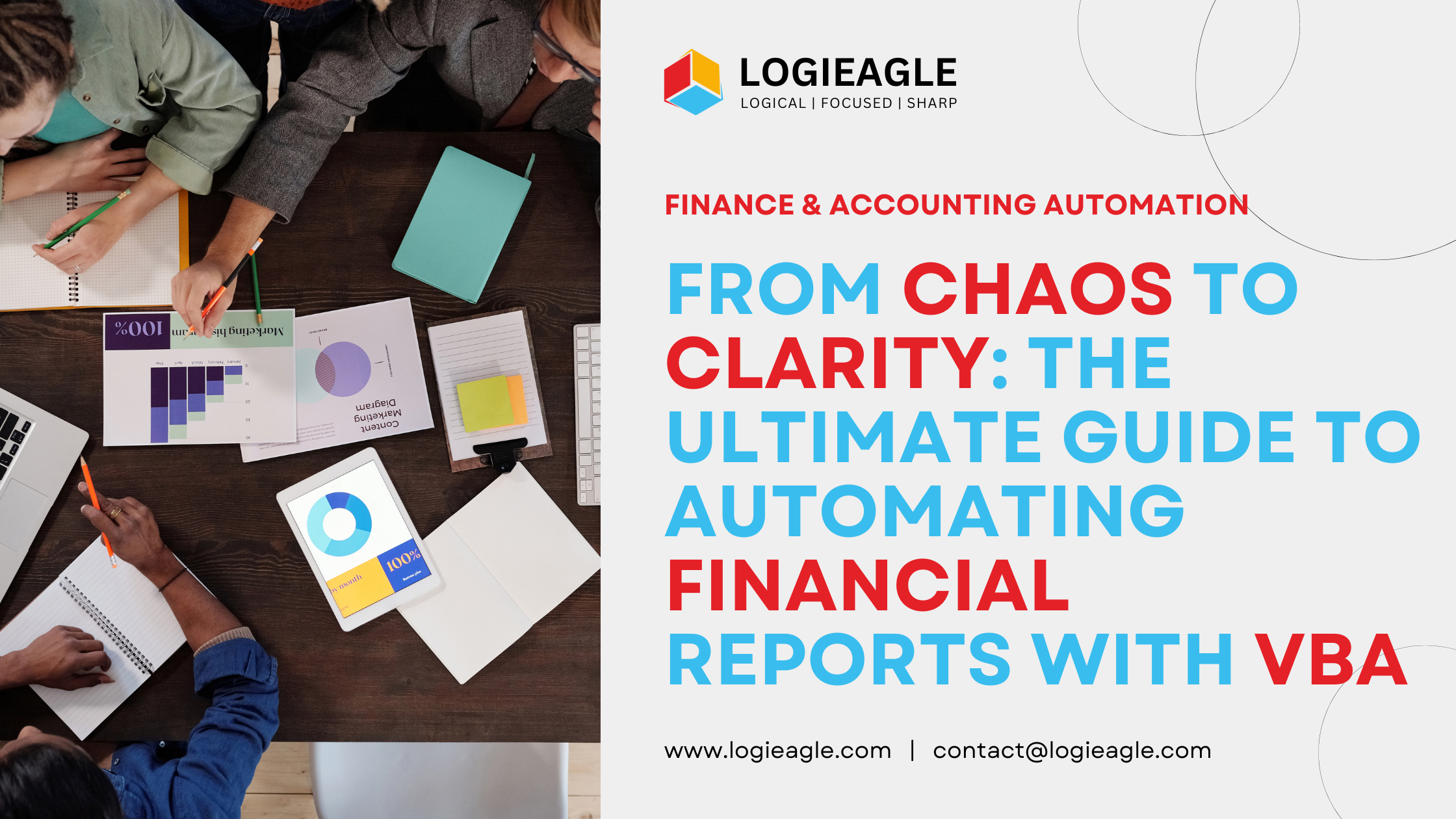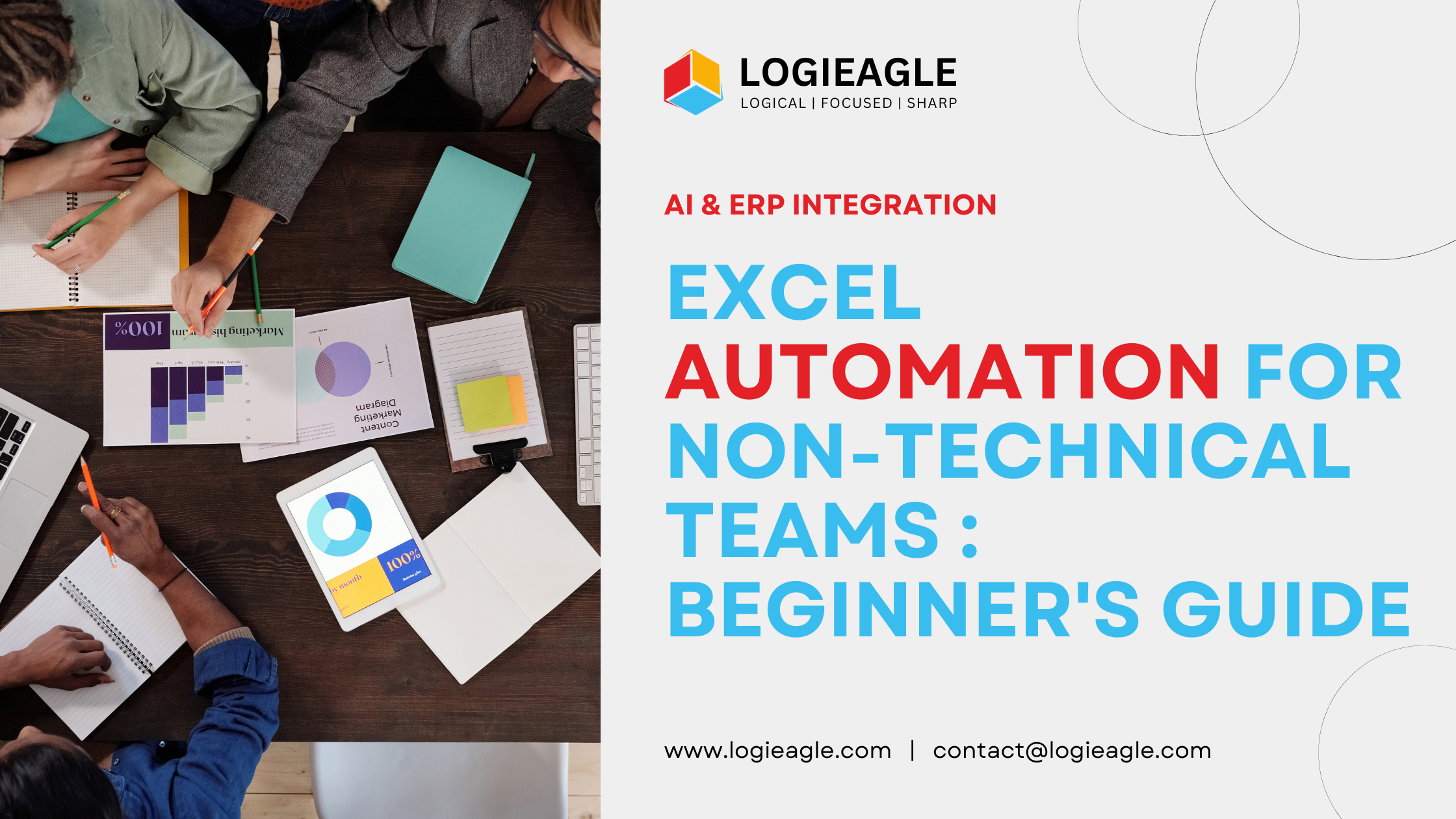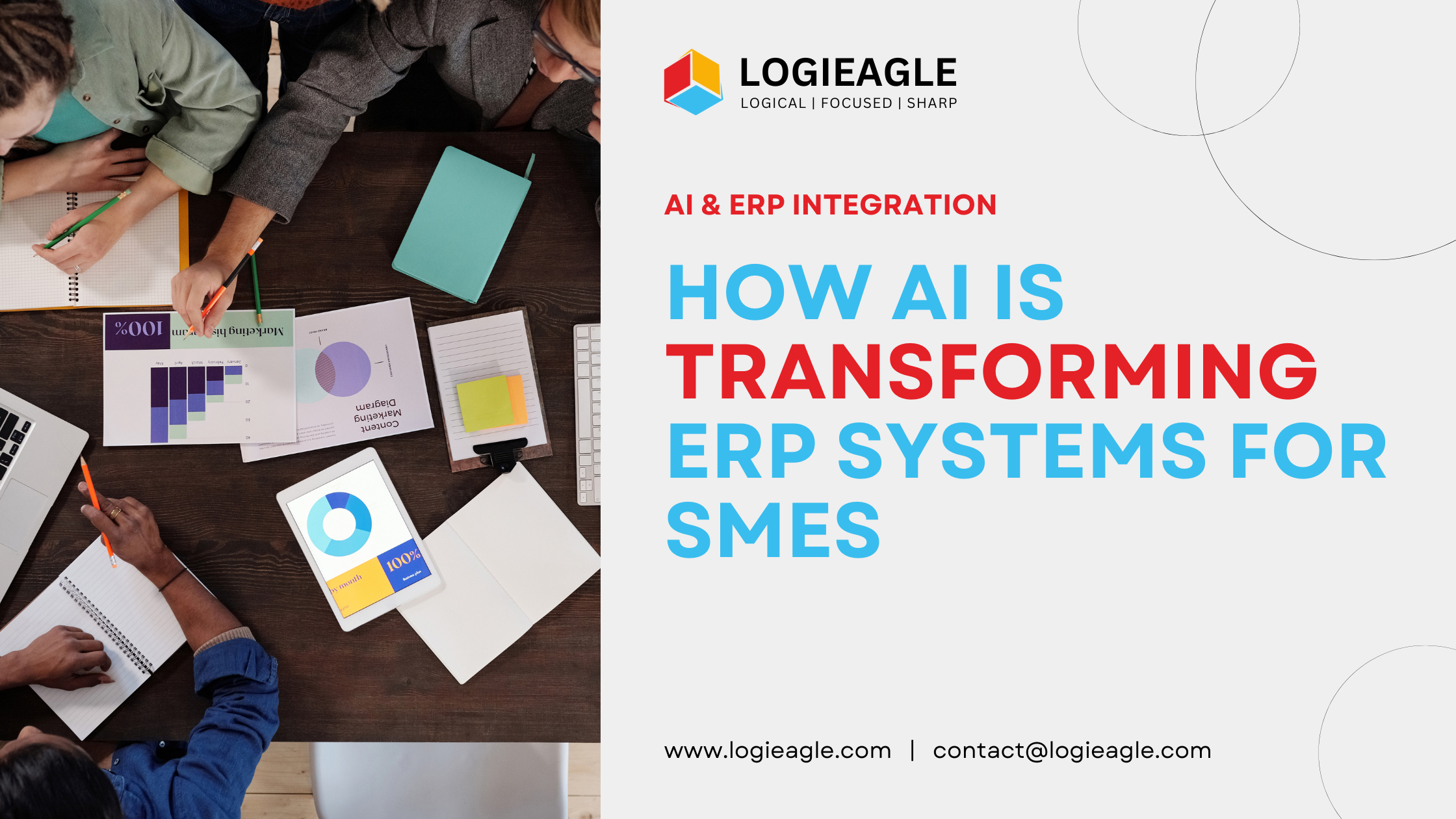
How AI is Transforming the Banking Industry: Key Applications and Benefits
Artificial Intelligence (AI) has revolutionized several industries, and the banking sector is no exception. From fraud detection to customer service, AI is helping financial institutions enhance efficiency, streamline operations, and improve the overall customer experience. In this blog, we’ll explore the major ways AI applications are reshaping the banking industry, transforming traditional banking systems into cutting-edge, tech-driven platforms.
1. Enhanced Fraud Detection and Prevention
One of the most critical applications of AI in banking is its role in fraud detection and prevention. AI-powered systems use machine learning algorithms to analyze transaction patterns and identify anomalies in real-time. By continuously learning from vast amounts of transaction data, AI can detect fraudulent activities with remarkable accuracy, often before the customer is even aware. These systems can flag unusual patterns, such as rapid, large withdrawals or transactions from unfamiliar locations, significantly reducing the risk of fraud.
2. Personalized Customer Experiences
AI is helping banks provide more personalized services to their customers. By analyzing customer data, AI can tailor recommendations, product offerings, and marketing efforts to meet individual needs. Whether it’s suggesting personalized savings plans, credit card offers, or investment opportunities, AI ensures that customers receive the most relevant options. Chatbots powered by AI also allow for 24/7 customer service, answering queries instantly and efficiently, without the need for human intervention. This level of personalization helps banks build stronger customer relationships and enhance satisfaction.
3. Robotic Process Automation (RPA) for Operational Efficiency
AI-driven Robotic Process Automation (RPA) is streamlining many back-office operations in the banking sector. RPA uses AI algorithms to automate repetitive and time-consuming tasks such as data entry, compliance checks, account reconciliation, and loan processing. This reduces the time spent on manual tasks, enhances accuracy, and enables employees to focus on more strategic activities. By automating routine processes, banks can reduce operational costs and improve overall efficiency.
4. AI-Powered Credit Scoring and Loan Approval
Traditional credit scoring methods rely on a limited set of criteria, such as income and credit history. However, AI takes a more comprehensive approach to credit scoring by analyzing a variety of data points, including transaction history, spending behavior, and even social media activity. This more sophisticated approach provides a clearer picture of a borrower’s creditworthiness, allowing banks to approve loans faster and more accurately. AI’s ability to evaluate non-traditional data makes it especially beneficial for individuals with limited credit history or those in emerging markets.
5. Predictive Analytics for Better Decision-Making
Predictive analytics, powered by AI, is transforming decision-making in banking. By analyzing large datasets, AI can predict future market trends, customer behavior, and potential risks. For instance, AI models can forecast interest rates, currency fluctuations, or the likelihood of loan defaults. These predictions enable banks to make data-driven decisions, optimize investment strategies, and mitigate financial risks. AI’s ability to process and analyze data at a scale that would be impossible for humans is empowering banks to make more informed decisions with greater precision.
6. Enhanced Security and Identity Verification
AI is significantly enhancing security measures in the banking industry. With the rise of digital banking, security is more important than ever. AI-powered systems use biometric data such as facial recognition, fingerprint scanning, and voice recognition for identity verification, making it harder for unauthorized users to gain access to accounts. Additionally, AI can monitor accounts for signs of suspicious activity and even predict potential security threats. This constant vigilance ensures that customers’ data is protected and reduces the risk of cyberattacks.
7. AI in Regulatory Compliance and Risk Management
Banks are required to comply with a vast array of regulations, from anti-money laundering (AML) to Know Your Customer (KYC) protocols. AI simplifies compliance by automating the monitoring of transactions and flagging potential violations. It also helps in risk management by analyzing market conditions, customer data, and industry trends to identify potential risks and suggest corrective actions. AI tools can quickly adapt to changing regulations, ensuring banks stay compliant and avoid costly penalties.
8. Customer Sentiment Analysis
Understanding customer sentiment is crucial for improving customer service and marketing strategies. AI applications, particularly natural language processing (NLP), are being used to analyze customer feedback from various sources, such as surveys, social media, and customer support interactions. This allows banks to gauge customer satisfaction, identify pain points, and address issues proactively. By interpreting sentiment data, banks can adjust their offerings to align better with customer preferences and improve overall service quality.
9. Chatbots and Virtual Assistants for 24/7 Support
AI-powered chatbots and virtual assistants are revolutionizing customer service in the banking sector. These AI tools are capable of handling a wide range of customer queries, from account balances to transaction history, loan eligibility, and even setting up appointments with financial advisors. Available 24/7, chatbots provide immediate assistance and reduce wait times, ensuring customers have access to support whenever they need it. As AI continues to improve, these virtual assistants are becoming increasingly sophisticated, offering more nuanced responses and support.
Conclusion
AI is undoubtedly reshaping the banking industry, offering numerous benefits that improve both the efficiency of banking operations and the experience for customers. From fraud prevention and personalized experiences to predictive analytics and enhanced security, AI’s applications are making banking smarter, faster, and more secure. As AI technology continues to evolve, we can expect to see even more innovation in the banking sector, making it more accessible, efficient, and customer-friendly than ever before.
To stay ahead in the AI-powered banking revolution, keep exploring our blog for the latest insights and trends on AI in financial services.
For further reading on AI in banking, check out this article by Finextra: How AI is Transforming Banking.
 From Chaos to Clarity: The Ultimate Guide to Automating Financial Reports with VBA
From Chaos to Clarity: The Ultimate Guide to Automating Financial Reports with VBA
 Did You Know You Can Launch an MVP in 30 Days? Here's How!
Did You Know You Can Launch an MVP in 30 Days? Here's How!
 Mastering Business Intelligence Dashboards: Excel Techniques You Need to Know
Mastering Business Intelligence Dashboards: Excel Techniques You Need to Know
 Turning Excel into a Scalable Business Tool: A Step-by-Step Guide
Turning Excel into a Scalable Business Tool: A Step-by-Step Guide
 The Psychology Behind Intuitive UX: How to Design for User Comfort
The Psychology Behind Intuitive UX: How to Design for User Comfort
 What Makes a Good MVP? Essential Tips for First-Time Founders
What Makes a Good MVP? Essential Tips for First-Time Founders
 How to Increase User Retention with Game Mechanics in Your App
How to Increase User Retention with Game Mechanics in Your App
 Excel Automation for Non-Technical Teams: A Beginner's Guide
Excel Automation for Non-Technical Teams: A Beginner's Guide
 How AI Is Transforming ERP Systems for SMEs
How AI Is Transforming ERP Systems for SMEs
 Why UX Is the Silent Salesperson in Every App
Why UX Is the Silent Salesperson in Every App